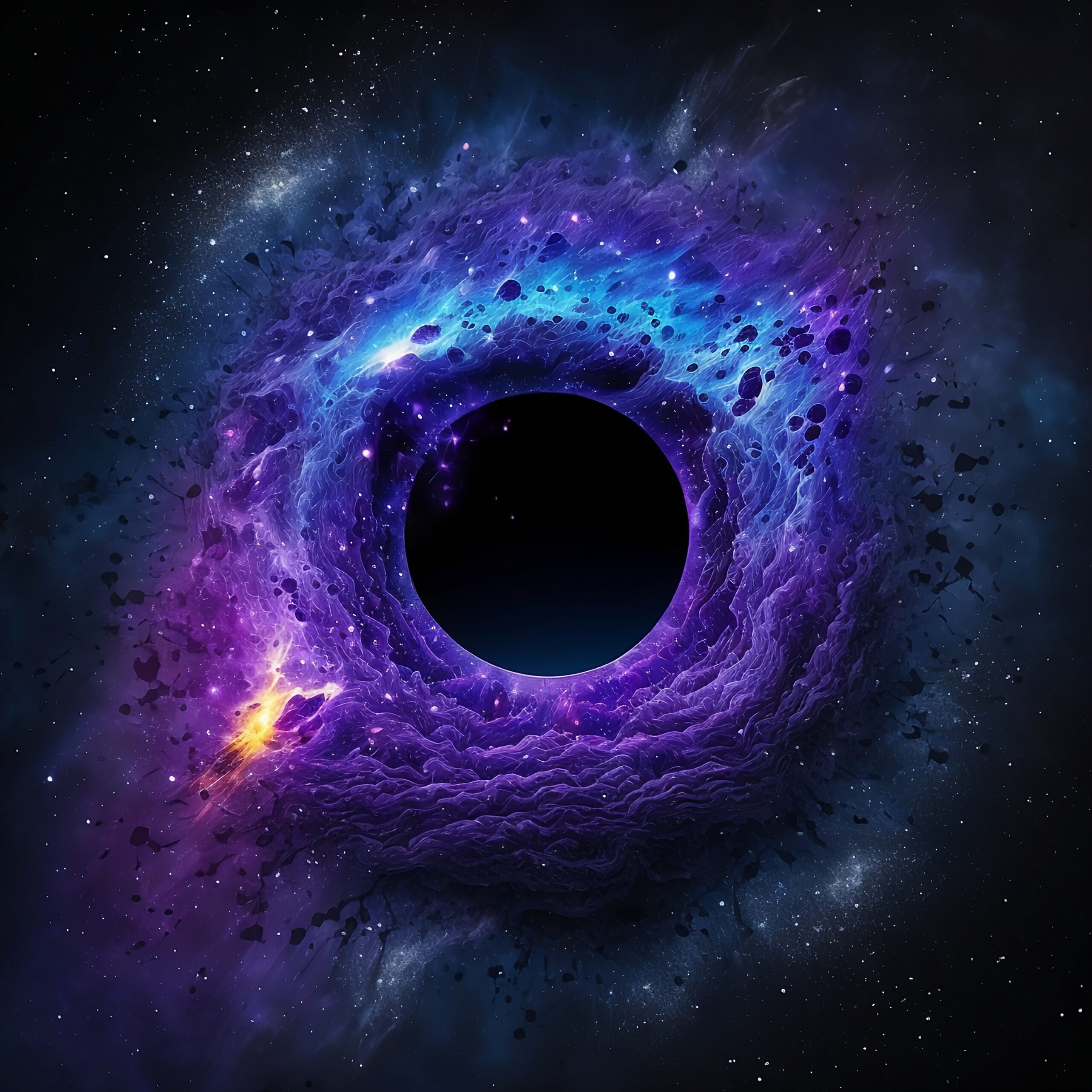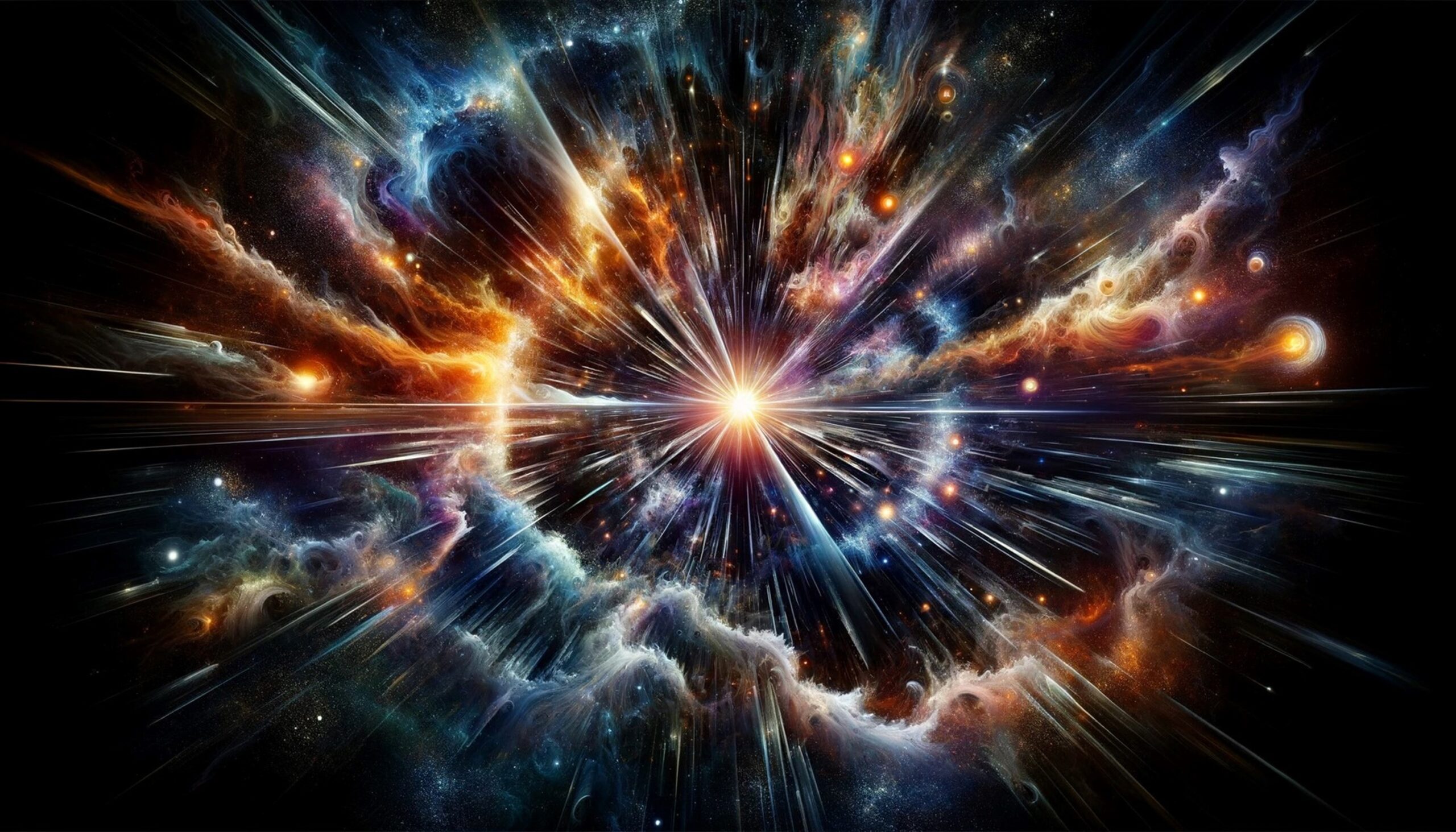Introduction
Deep inside the remains of dead stars, there’s an amazing material that’s so strong, it seems almost unreal. This is nuclear pasta, a substance that exists somewhere between science fiction and science fact.
Nuclear pasta is believed to be the strongest material in the universe, even stronger than graphene and diamond. It’s found in the crusts of neutron stars, and its discovery has helped scientists learn more about how matter behaves in extreme conditions.
In this blog, we will take a closer look at nuclear pasta. We’ll explore how it forms, what makes it so special, and why studying it is important for understanding the most extreme environments in the universe.
What Is Nuclear Pasta?
Nuclear pasta is a strange and extremely dense material found in the crusts of neutron stars, which are the remnants of massive stars that have collapsed. It forms in environments with intense pressure and density, where protons and neutrons are packed together into complex shapes. These shapes include flat sheets, tube-like structures, and blob-like clusters, creating a variety of patterns formed by the extreme forces around them.
The name “nuclear pasta” comes from the shapes this material takes, which resemble different types of pasta. The sheet-like structures are compared to lasagna, the tubes to spaghetti, and the blobs to gnocchi. While the name may sound playful, it actually reflects the unique and orderly, yet complicated, nature of this cosmic material.
How Does Nuclear Pasta Form?
Formation Process: Nuclear pasta forms in the extreme conditions inside neutron stars. These stars are the leftover cores of massive stars that exploded in supernovae, creating a dense core where matter is packed together at densities trillions of times greater than anything on Earth. In these intense conditions, atomic nuclei are squeezed so tightly that protons and neutrons rearrange into unusual shapes to lower their energy. This process creates nuclear pasta, which can form as sheets, tubes, or blobs. The shapes are the result of a balance between the strong nuclear forces pulling the particles together and the repulsion between protons trying to push each other apart.
Comparison: Unlike materials like steel or diamond, which form under the much milder conditions found on Earth, nuclear pasta forms in a completely different environment. Steel and diamond form from atomic bonds under Earth-like pressure and temperature, but nuclear pasta forms from the extreme forces inside neutron stars, where the basic forces of nature are pushed to their limits. Its strength, much greater than anything we see on Earth, shows just how incredible and unique these cosmic conditions are.
Why Is Nuclear Pasta the Strongest Material?
Strength Properties: Nuclear pasta is incredibly strong because of its super-dense atomic structure and the powerful forces at play during its formation. It is estimated to be 10 billion times stronger than steel, making it the toughest material we know of. This strength comes from the fact that the protons and neutrons in nuclear pasta are packed together so tightly that the forces holding them together are almost impossible to break. Its unique shapes, like sheets and tubes, also help make it more stable, allowing it to endure extreme pressures and stresses.
Experimental Evidence: Although we can’t directly measure nuclear pasta because it only exists in neutron stars, computer simulations have shown how strong it is. These simulations recreate the harsh conditions in which nuclear pasta forms and show how it behaves under stress. Additionally, scientists have gathered indirect evidence through astrophysical observations, such as studying the vibrations and magnetic fields of neutron stars. For example, the irregularities in a neutron star’s crust, caused by nuclear pasta, may influence events like pulsar glitches, providing further proof of its extraordinary strength.
The Importance of Nuclear Pasta in Astrophysics
Role in Neutron Stars: Nuclear pasta plays a crucial role in shaping the properties of neutron stars. Its extreme density and unique structure affect the star’s magnetic fields. The irregularities in nuclear pasta can trap and distort magnetic flux lines, impacting their strength and stability. The material’s thermal conductivity also helps regulate the star’s heat, influencing how it cools over time. Additionally, nuclear pasta’s strength can cause slight irregularities in the star’s crust, which can lead to small changes in the star’s rotation. These changes may explain phenomena like pulsar glitches, which are sudden shifts in the spin rate of rapidly rotating neutron stars.
Scientific Implications: Studying nuclear pasta gives scientists valuable insights into how matter behaves under extreme conditions that can’t be recreated on Earth. It helps researchers better understand neutron stars, including their structure, evolution, and emissions. Research on nuclear pasta also contributes to broader scientific questions, like how particles behave under immense pressure and what other types of matter might exist in the universe. By exploring these extreme conditions, scientists can uncover more about fundamental physics, from quantum mechanics to general relativity.
Could Nuclear Pasta Have Practical Applications?
Impossibility of Extraction: While nuclear pasta is an incredibly strong and fascinating material, it’s impossible to extract it for practical use on Earth. This is because it exists deep within the crusts of neutron stars, which are hundreds of light-years away. The extreme pressure and density inside these stars cannot be recreated on Earth, making it unfeasible to extract and study nuclear pasta in a lab. Even if we could somehow bring it to Earth, the material would likely break down when exposed to our much lower pressures and temperatures.
Theoretical Insights: Even though we can’t physically use nuclear pasta, studying it provides valuable insights into material science and physics. The extreme conditions under which it forms help us understand how matter behaves under immense pressure. This knowledge could inspire the creation of new materials with extraordinary strength or durability. For instance, learning how nuclear pasta stays strong could lead to the development of advanced alloys or materials for use in aerospace, deep-sea exploration, or nuclear fusion. Additionally, studying nuclear pasta could push forward our understanding of physics, improving models of matter, gravity, and quantum mechanics, and possibly uncovering new states of matter that might have practical uses in the future.
Conclusion
Nuclear pasta, with its incredible strength and unique structures, is one of the most fascinating materials in the universe. It forms in the extreme conditions of neutron stars and represents a type of matter unlike anything on Earth. Its amazing strength, created by tightly packed protons and neutrons, allows it to withstand pressures billions of times greater than steel. While we can’t use nuclear pasta directly, studying it helps scientists understand the extreme physics of neutron stars and provides important insights into the nature of matter.
By exploring the mysteries of nuclear pasta, we learn more about the universe’s most extreme environments. These discoveries help us understand the fundamental forces that shape matter at the most basic level and challenge our ideas about strength, matter, and space.
What do you think about the strange and powerful material known as nuclear pasta? Share your thoughts in the comments, and dive deeper into the world of neutron stars and astrophysics. The more we explore, the more we realize how much there is still to discover!
Share the knowledge with

